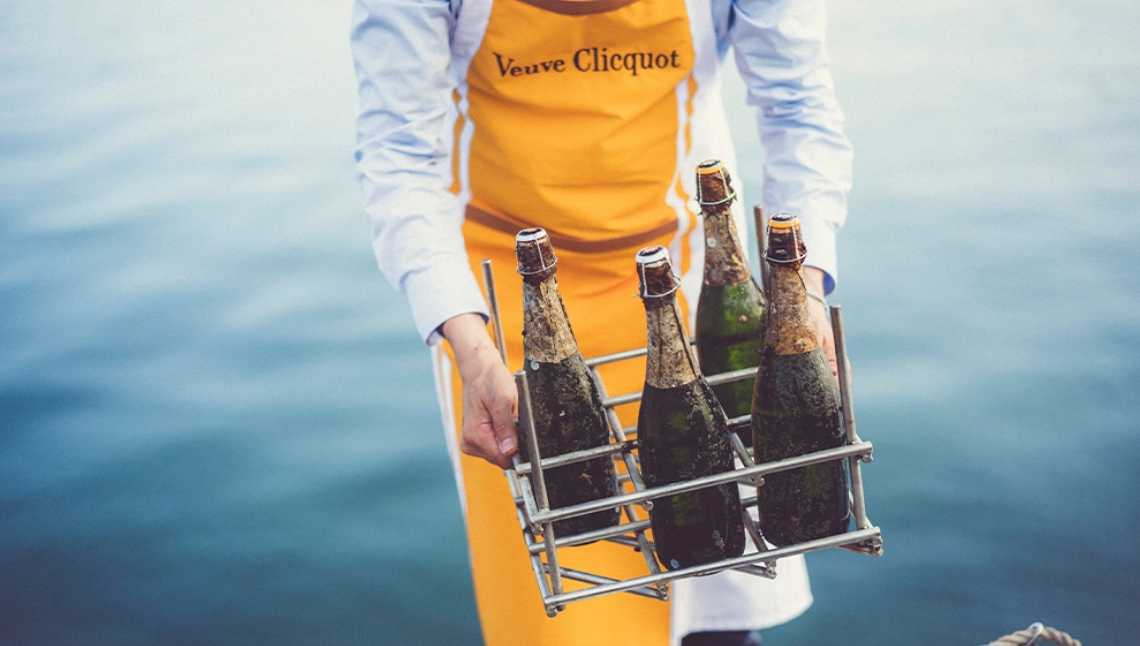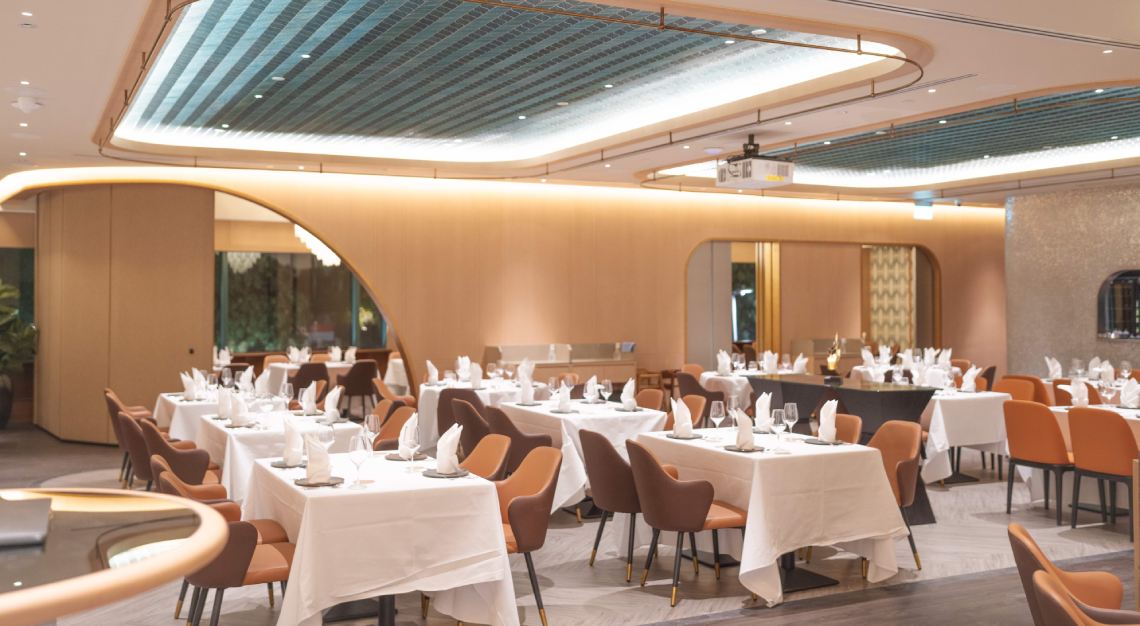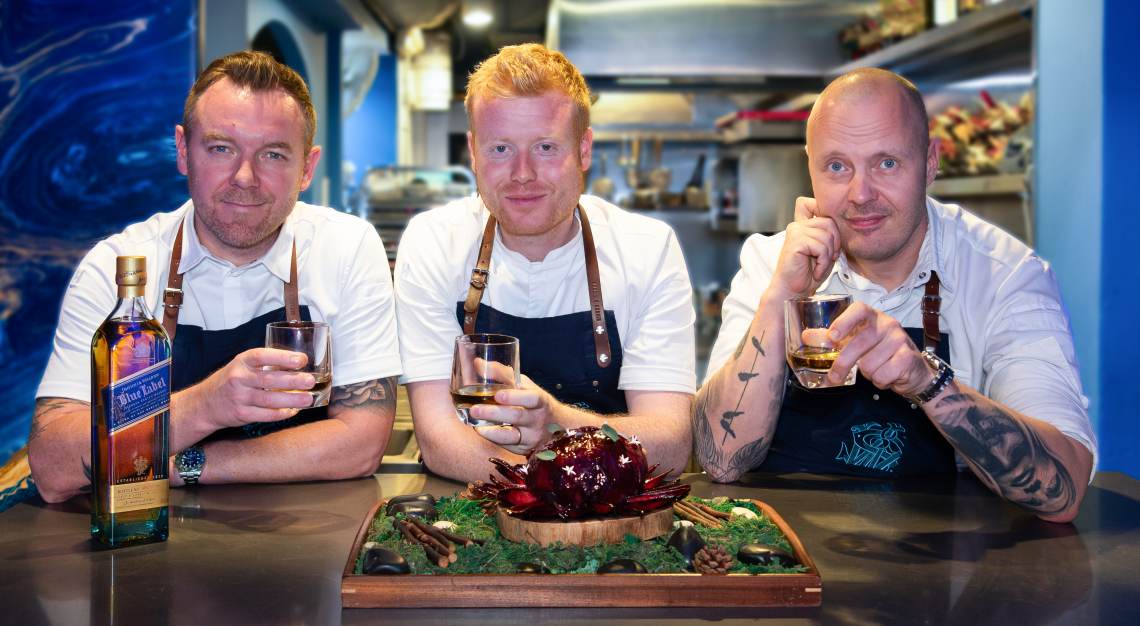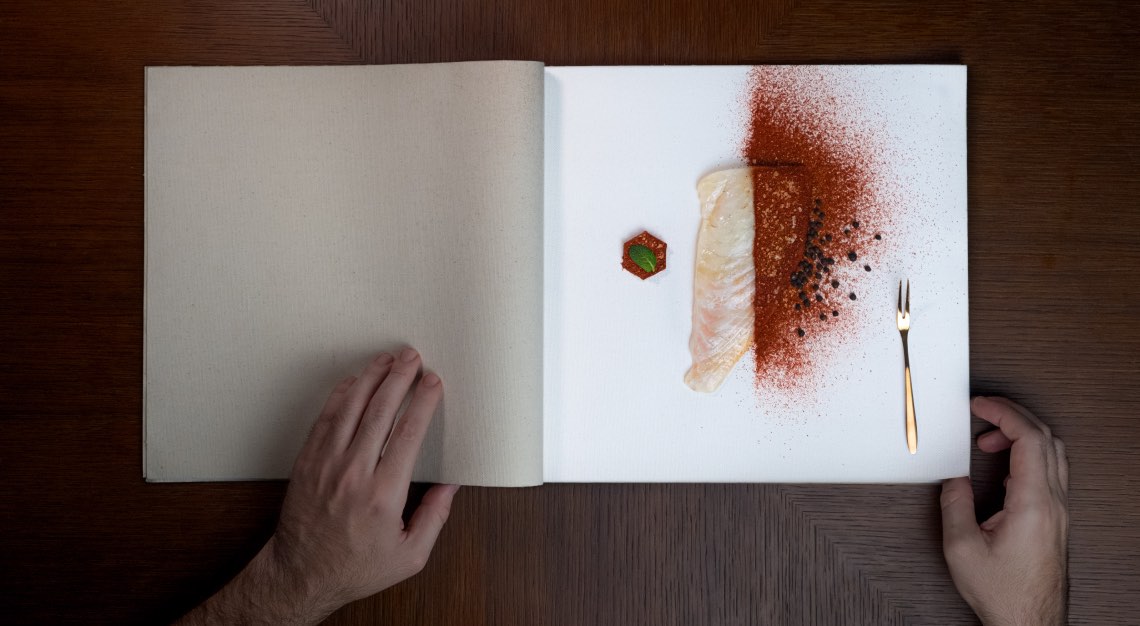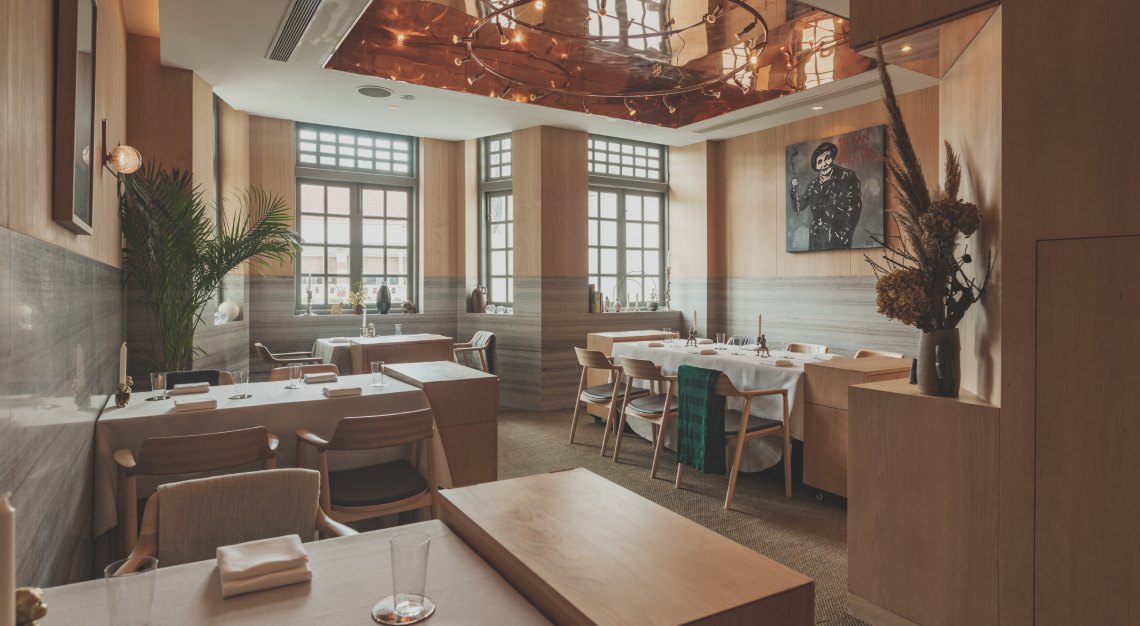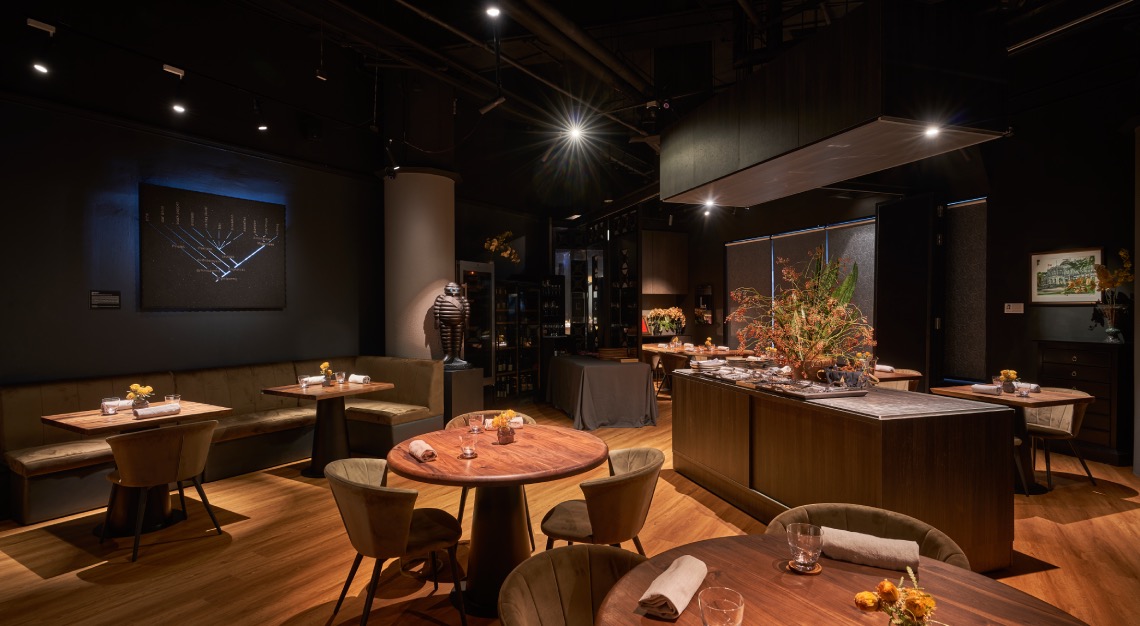Inspired by wine recovered from a 19th-century shipwreck, Veuve is dunking its bottles in the Baltic on purpose
Some of the wine world’s greatest innovations were discovered seemingly by accident. While we now expect particular styles of wine to be aged in oak, it’s important to remember that barrels were first used only as a source of storage to ship wine until it was discovered that the effects of wood on wine changed and even improved the taste and texture. Port wine was created unintentionally when brandy was added to casks of wine to prevent spoilage during transport, and Champagne’s fortuitous discovery is all thanks to unexpected second fermentation in bottle, which releases carbon dioxide and creates its bubbles.
Two accidents led to Maison Veuve Clicquot’s “Cellar in the Sea” project, which aims to study the effects of aging Champagne under water in comparison to the house’s chalk cellars in Reims, France. The first accident was the sinking of a cargo ship en route from France to Russia in 1840 carrying 168 bottles of Champagne in the Baltic Sea near the Åland Islands between Finland and Sweden. Forty-seven of the bottles were made by Veuve Clicquot.
The ship and its contents rested undisturbed on the floor of the Baltic Sea for 170 years until it was accidentally discovered by local scuba divers on June 16, 2010. When a few bottles were brought to the surface and opened, the team was surprised to find a sweet wine that had been preserved through the years thanks to the constant low temperature and absence of light. Unlike today, where dry Champagne is the preferred style, in the mid-19th century sweeter versions were the prevailing fashion.
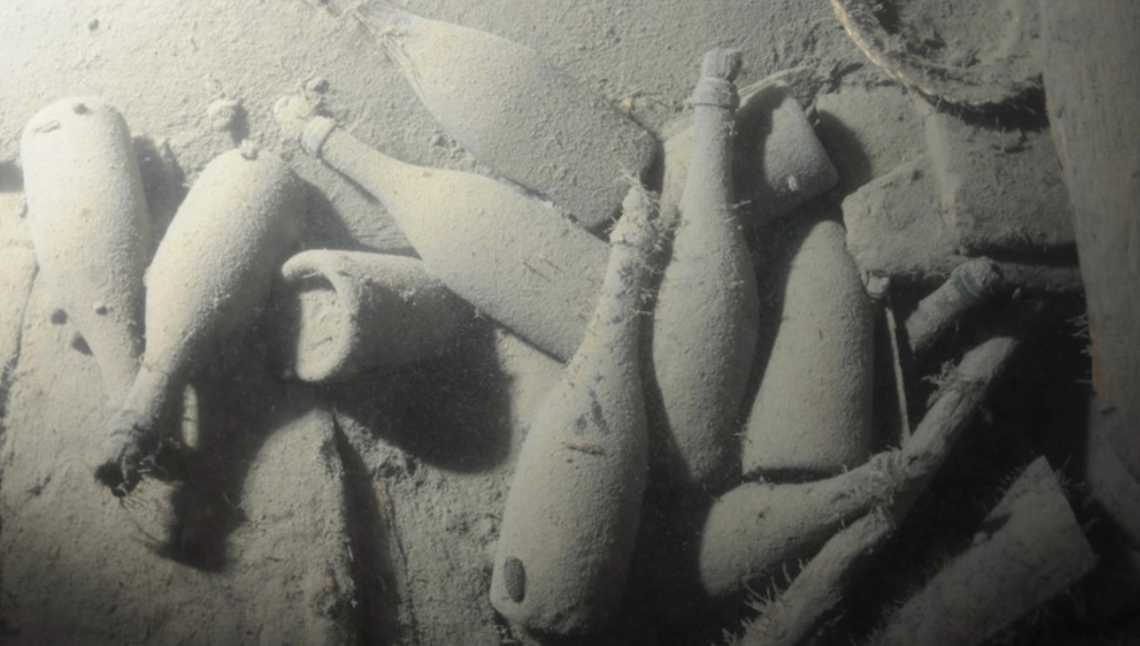
Fascinated by the potential to age Champagne in an entirely different environment than their traditional crayeres(chalk cellars), Veuve Clicquot’s winemakers launched the innovative Cellar in the Sea experiment, a 40-year program to study the effects of aging Champagne underwater. This follows in the footsteps of Barbe-Nicole Clicquot Ponsardin, the widow or “veuve”Clicquot who at the age of 27 took over her husband’s family business upon his death in 1805.
In addition to the groundbreaking act of a woman assuming power in business, Madame Clicquot is credited with many innovations in Champagne, including creating the first vintage Champagne, the first blended rosé Champagne, and the creation of the “riddling table,” a device that makes it easy to turn bottles and concentrate the sediment near the top of the bottle, that is still in use today.
And the old boss is still making her mark on the company today. “Thirteen years ago, one day we got a call. ‘Guys, we believe that we found some Veuve Clicquot bottles under the sea in the Baltic Sea,’ and just by that we had the feeling that for the first time for many, many years we were going to be in touch with bottles which were produced at the time of Madame Clicquot,” Jean-Marc Gallot, president and CEO of Veuve Clicquot, told Robb Report. “So, by telling the story and building the story by putting some new bottles in the bottom of the sea, we take care of the spirit of Madame Clicquot. And beyond that, we have something that is cool and chic.”
Last week the winemaking and management team of Veuve Clicquot led a trip to the Silverskar Islands, four of the 6,700 islands that make up the Åland Archipelago. While the main event was retrieval of four bottles of Veuve Clicquot Champagne, two classic Yellow Label and two demi sec, or semi-sweet, for a comparative tasting alongside bottles that had been aged in the conventional manner.
After flying to Mariehamn the morning, we arrived at Klobben Island for lunch and then went by motorboat to Silverskär, whose amenities include a neo-rustic resort that gives a whole new meaning to “glamping.” While we waited aboard a motorboat, two divers, one a member of the group that originally found the wreck and bottles in 2010 and the other a PADI-certified Welsh travel journalist, retrieved the bottles from the not so briny depth. (The Baltic Sea’s salinity is 20 times lower than that of the Atlantic Ocean.)
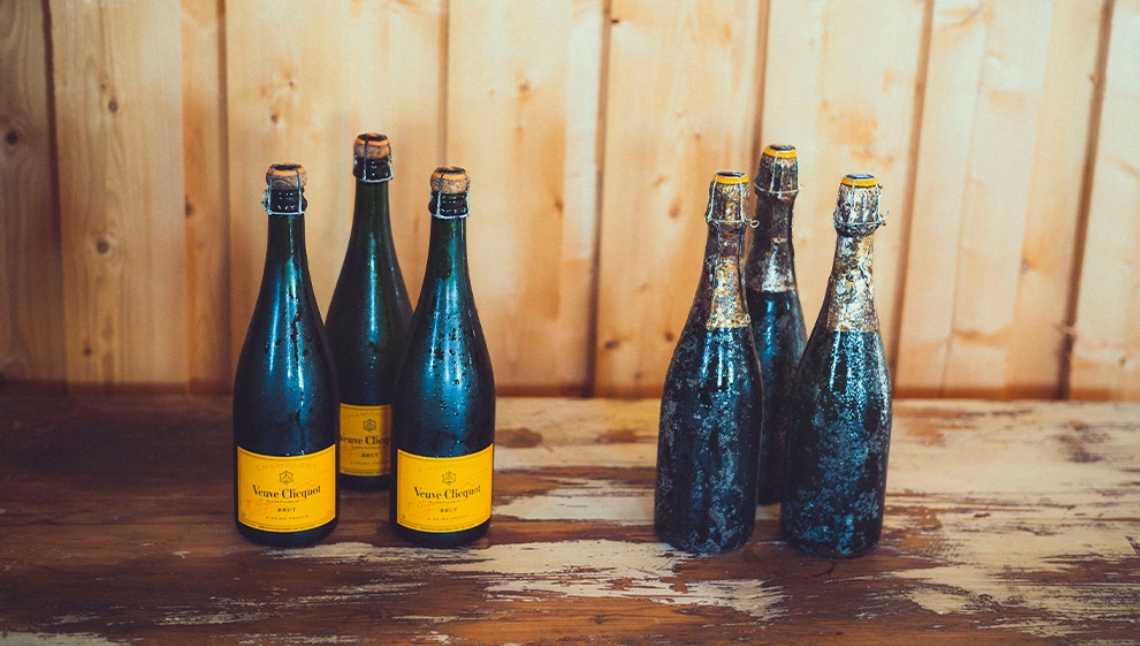
Contrary to our preconceived notions of how aging underwater at a depth of 131 feet with a constant temperature of 39.2° F might differ from aging in wine caves with exposure to oxygen, both the Yellow Label and demi sec were beginning to show tertiary qualities. The undersea Yellow Label exhibited a small burst of bubbles when poured and flavors of candied orange and pineapple, brined green olive, and sage leaf, while the traditional bottle had persistent effervescence and flavors of white peach, apricot, honeysuckle, and toasted almond.
The aromas were significantly disparate, with the undersea Yellow Label showing pineapple, button mushroom, and truffle and the traditionally aged bottles offering a nose of Bartlett pear, bergamot, orange blossom, and brioche. The differences between the demi sec bottles were less acute, although there was a burnt caramel quality in the under the sea sample that was not present in its counterpart’s flavors of peach, honeydew melon, passion fruit, agave nectar, and marzipan.
As winemaker Gaelle Goossens, who heads up innovation initiatives for Veuve Clicquot explained to Robb Report, “We thought we would have two different styles of aging, with one fresher and the other older. But now the wines from the cellar and the Baltic are developing tertiary aromas but they are developing two different styles of those aromas.”
In addition to on-site tastings such as this, Veuve Clicquot will retrieve wines at regular intervals for comparative tastings by their winemaking team under the direction of cellar master Didier Mariotti and for technical analysis at the enology universities of Reims and Bordeaux.
This story was first published on Robb Report USA
